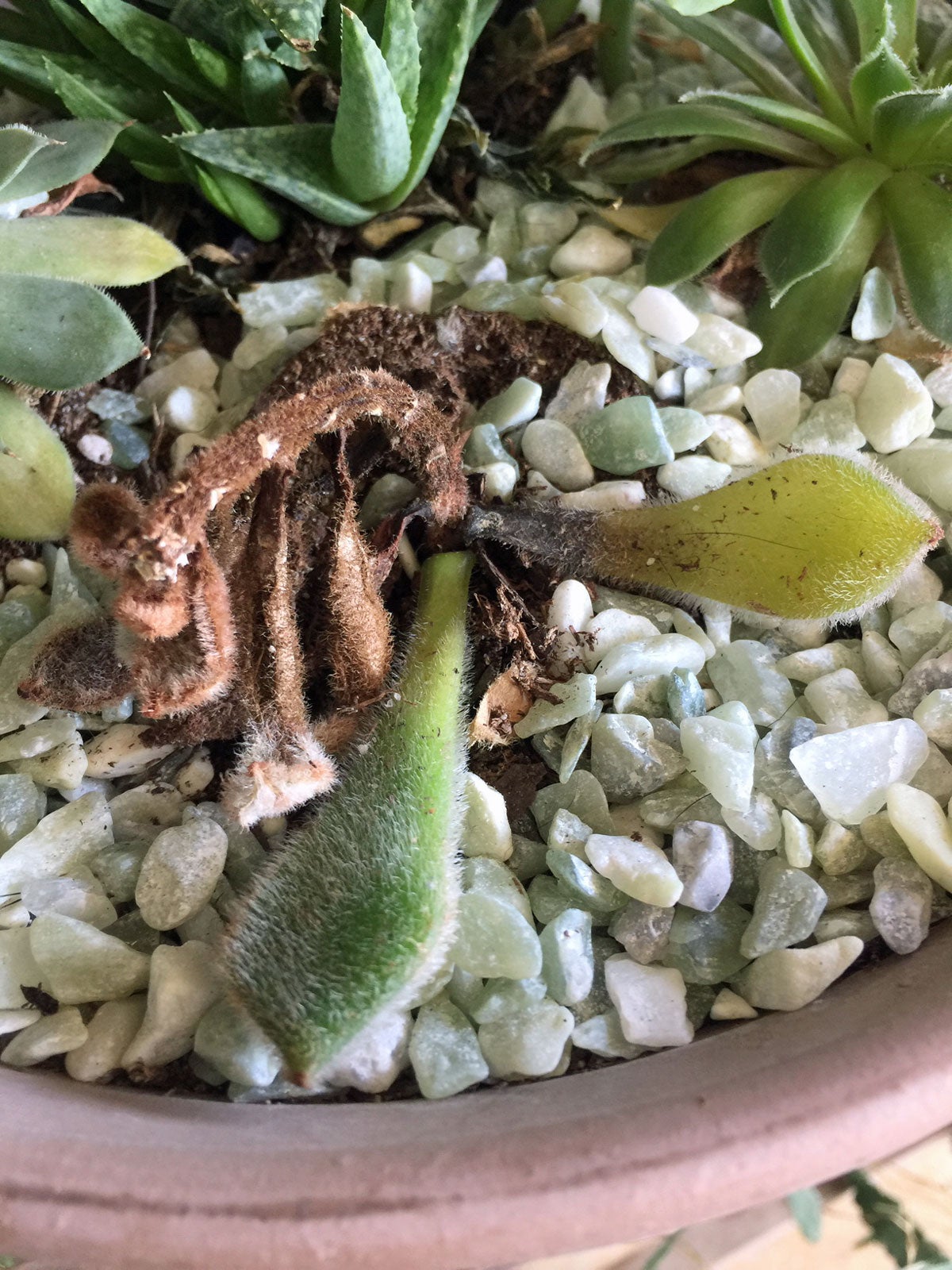Why Do Succulents Rot: How To Stop Succulent Rot In Your Plants


Succulents are among some of the easiest plants to grow. They are often recommended for novice gardeners and thrive during lengthy vacations with no intervention. However, one of the most common causes of plant illness (and even death) is rotting succulent roots.
Succulents native to arid regions must have adequate drainage and moderate watering for good root rot control.
Why Do Succulents Rot?
Limp, shriveled, and yellow leaves are an indicator that succulent roots are rotting. Why do succulents rot? The answer can be cultural or fungal. In most cases, it is an issue brought upon by poor draining soil and too much moisture. Learning how to stop succulent rot is important to save your plant.
Many succulents are native to arid desert regions, although a few, such as the holiday cacti, are suited to warm, tropical areas. Any plant that is potted and has little drainage along with being in heavy soil can fall prey to root rot. Container plants are a special risk, as they must have all their needs met in a small area.
The most common signs outside of leaf problems are a soft, overly flexible stem where the plant has trouble supporting itself. The plant or the soil may also have an odor. Soil will smell like mildew or the plant will simply smell like rot. Plants begin caving in at the main body. The collapse of plant tissue is a later and dangerous sign that a succulent’s roots are rotting.
Preventing Rotting Succulent Roots
Succulent root rot control starts with early planting and care. Use a well-draining succulent soil or make your own with a mixture of potting soil, sand, and peat. It may be best to fumigate or sterilize the soil prior to planting to kill any existing insect larvae, fungus, or bacteria.
Water only when the bottom of the soil at the drainage holes feels dry. Reduce watering by half in winter. If you see any signs of rot, certain succulents can be saved with an application of copper fungicide, either as a soil drench or as a foliar application.
Sign up for the Gardening Know How newsletter today and receive a free copy of our e-book "How to Grow Delicious Tomatoes".
How to Stop Succulent Root Rot
If you are a very vigilant grower and notice signs early, there are steps you can take to save your plant if the succulent roots are rotting. Many succulents produce offsets that can be divided away from a parent plant, allowed to callus, and replanted.
If the base of the main plant is strong and the roots appear to be disease free, you can still save the entire plant. Remove it from the diseased soil and cut off any rotted roots or leaves with sterile, sharp instruments.
Next, sterilize the container and use fresh soil. Mix a bowl of water with a drop of anti-bacterial dish soap. Using fresh cotton swabs, wipe the roots of the succulent very carefully. You could also dunk the roots into a diluted anti-fungal preparation. Let the roots dry completely before repotting. Allow the plant to stay dry for two weeks and observe it closely.
Even if you can't preserve the whole plant, leaves, stems, or offsets may be taken to start a new one.

Bonnie Grant is a professional landscaper with a Certification in Urban Gardening. She has been gardening and writing for 15 years. A former professional chef, she has a passion for edible landscaping.